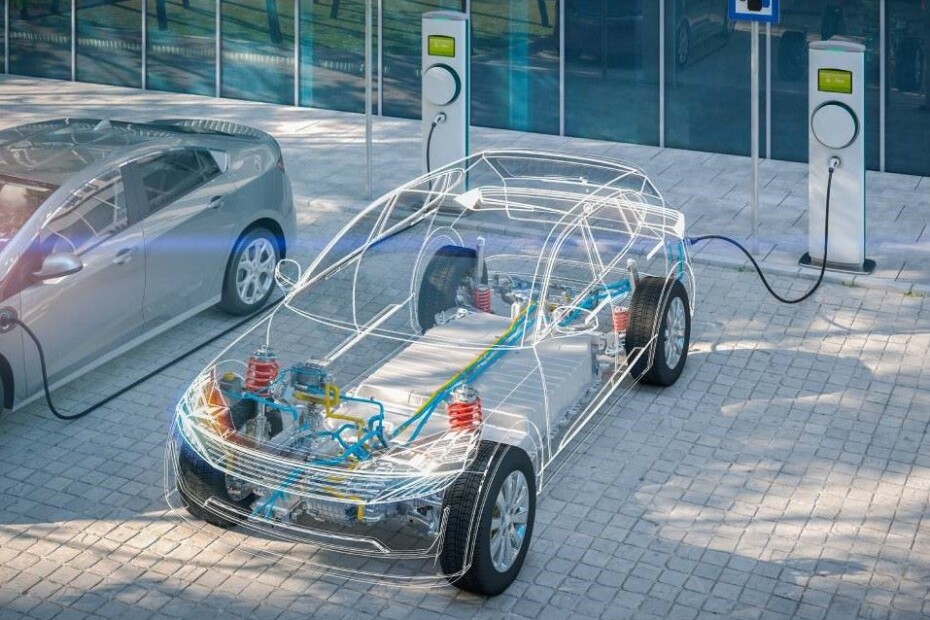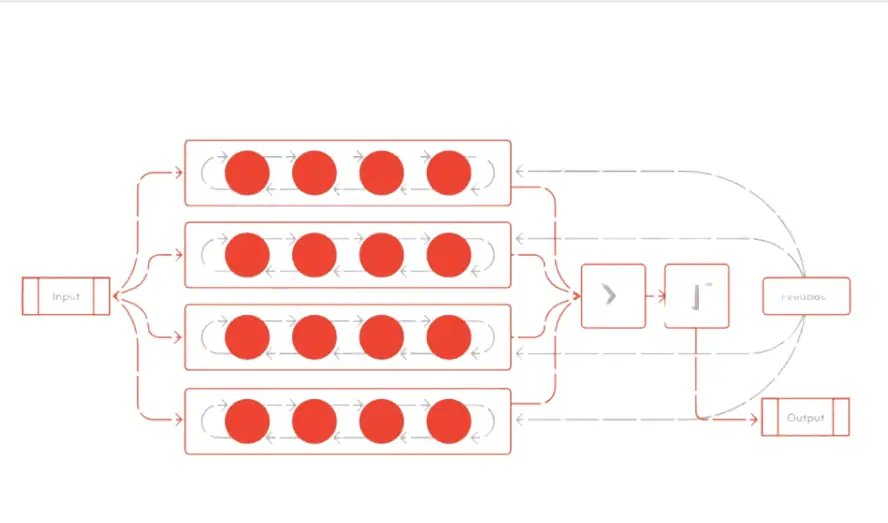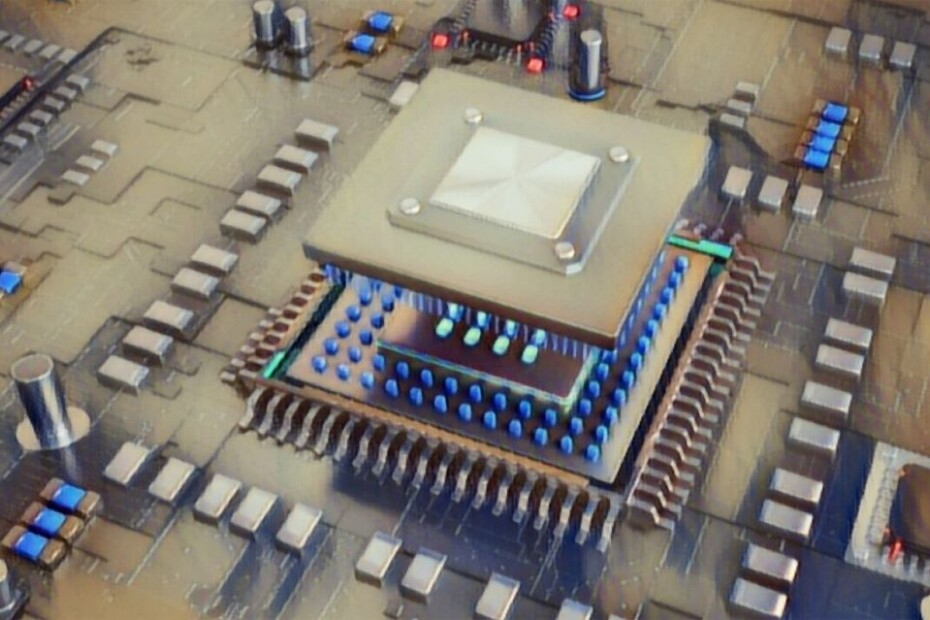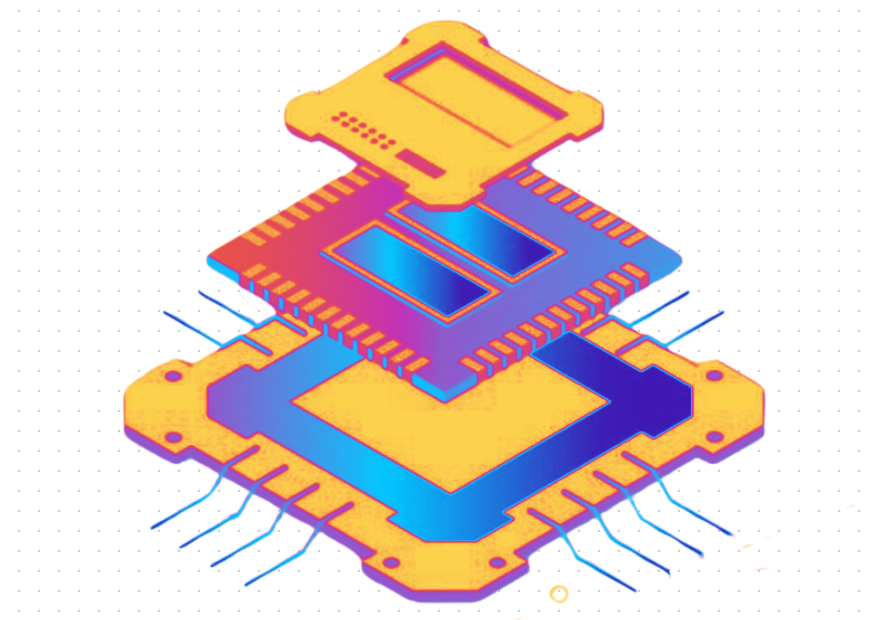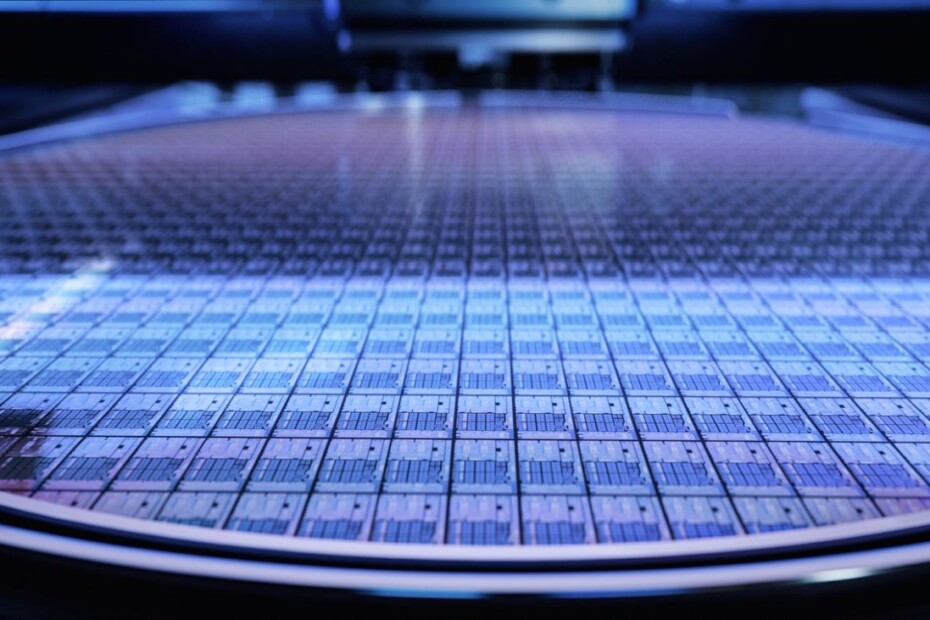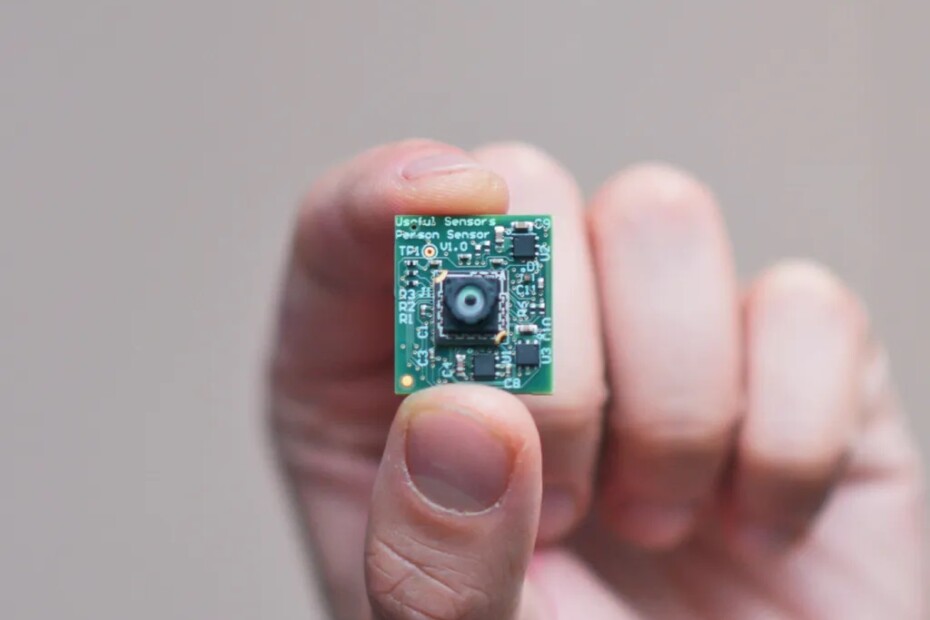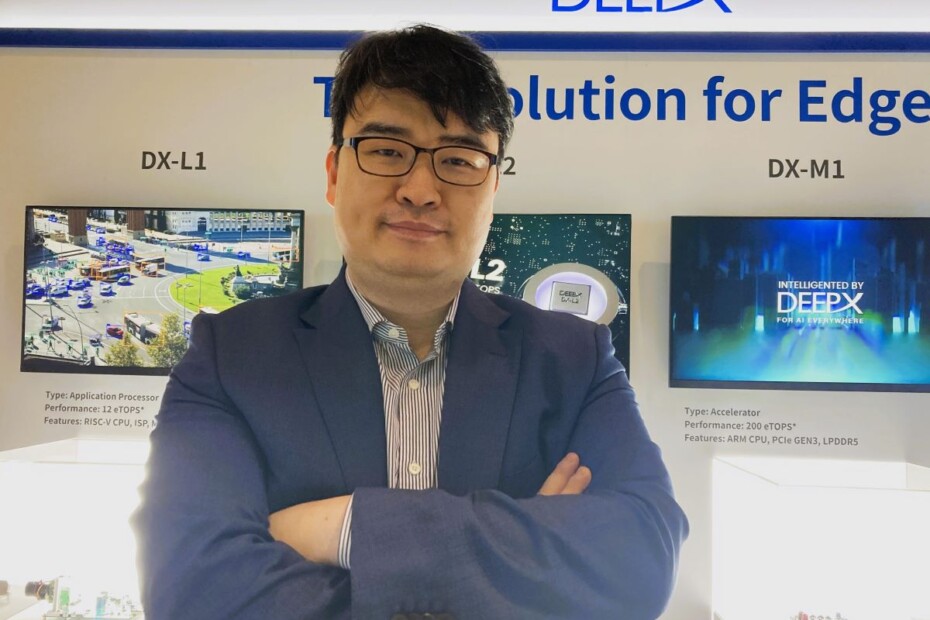The ‘Ideal’ EV: Cheaper with Less SiC?
By Junko Yoshida
What’s at stake:
As many automakers gravitate toward Silicon Carbide (SiC) technology from silicon-based power electronics, is there room for a startup to propose a third way?
Ideal Power, the Austin, Texas-based inventor of B-TRAN, a bidirectional, bipolar junction transistor semiconductor technology, believes that its silicon-based power semiconductors can support EVs, renewables and electrification without the expense of Silicon Carbide.
CEO Daniel Brdar, in an interview with the Ojo-Yoshida Report, claimed that B-TRAN’s unique double-sided bidirectional AC switch delivers “substantial performance improvements” over conventional power semiconductors such as Insulated Gate Bipolar Transistor (IGBT) and Metal Oxide Semiconductor Field Effect Transistor (MOSFET).
The near-term market for B-TRAN-based power switches includes transmission, distribution and protection circuits such as solid-state circuit breakers, relays and contactors in renewable energy, energy storage systems, microgrids and electric vehicle charging, according to the company.
But there is no denying that the electronic vehicle is Ideal Power’s big kahuna.
Read More »The ‘Ideal’ EV: Cheaper with Less SiC?
